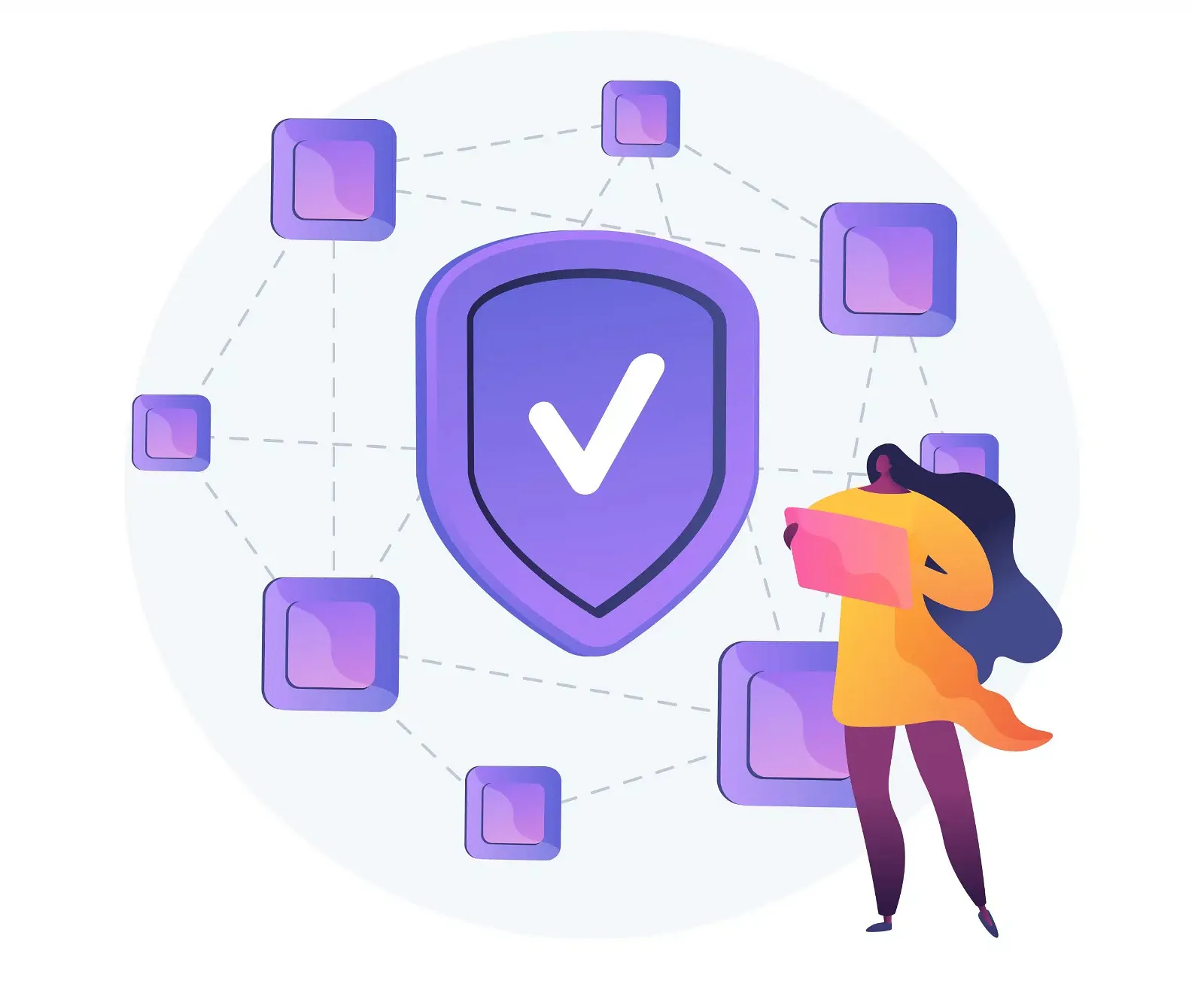How to Build a Web3 Website: 6 Important Steps to Check Out
Dive into the future of the internet by learning how to build a Web3 website. Unlock the potential of decentralized, user-centric experiences and be at the forefront of the next digital revolution.

Web3 technology is changing the internet towards a decentralized and user-centric experience. Blockchain technology is the cornerstone of this revolution, allowing decentralized applications and media. Central to this new wave of websites is the ability to have a website you own for life, resistant to censorship, and not accountable to traditional web hosts or platforms. Wondering how to build a Web3 website?
This article will guide you through building a Web3 website, from the initial idea to deployment, focusing on user experience and security.
What is Web3?

Understanding Web 3.0 – Image via Freepik
To build a Web3 website, it is crucial to understand the fundamental concepts and advantages of Web3 technology. Web3, the Semantic Web, or Web 3.0, is the next stage of the internet’s evolution. Decentralized networks, smart contracts, and improved user experiences characterize it.
In Web 3.0, you can create a website that is not subject to the control of big tech companies. Therefore, a decentralized network like the IPFS (InterPlanetary File System) lets you own your website outright without worrying about annual renewal fees or platform shutdowns.
Advantages of Web3
Some of the most well-known advantages of Web3 are as follows:
Enhanced user control and privacy
Web3 assigns users to have full control over their data privacy. In contrast to traditional Web2 websites that store user data on centralized servers, Web3 utilizes decentralized networks, like blockchain, to guarantee that user information is secure and cannot be tampered with without consent.
Transparency and trust
Web3 technology employs blockchain, which ensures transparency and immutability. The blockchain records every transaction and interaction on a Web3 website, establishing a transparent and trustworthy environment. It is especially significant for industries like e-commerce, finance, and others where trust and security hold great value.
Interoperability and open standards
Web3 promotes interoperability and open standards, allowing different applications and platforms to communicate and interact seamlessly. It enables the creation of decentralized applications (dApps) and the integration of various Web3 functionalities into existing websites.
Innovative features and experiences
Web3 opens up a world of possibilities for innovative features and experiences. With technologies like artificial intelligence, virtual reality, and 3D graphics, Web3 websites can provide immersive and personalized user experiences that were impossible with traditional web technologies.
Planning your Web3 website
Building a successful Web3 website starts with careful planning and imagination. Let’s explore some important steps to consider when planning your Web3 website:
- Understand the primary objective and pinpoint who you’re targeting for more precise design and content strategies.
- Stay updated with evolving blockchain innovations to ensure relevance and cutting-edge features.
- Choose specific features like smart contracts and NFT utilities that align with your site’s purpose.
- Prioritize intuitive, responsive design, focusing on seamless navigation and user inclusivity.
- Lastly, ensure the site’s architecture can handle increased traffic to prepare for potential expansion.
How to build a Web3 website

Creating a Web3 website – Image via Freepik
When you have a clear plan, it’s time to dive into the step-by-step process of building your Web3 website. This section will explore each stage, from ideation to deployment.
Step 1: Design a suitable UI/UX
Once you know all your requirements for your Web3 website, start by designing the user interface (UI) and user experience (UX) of your Web3 website. Create a visually appealing design that aligns with your brand identity and provides an intuitive and seamless user experience. Consider factors such as responsive design, accessibility, and ease of navigation.
Step 2: Develop necessary backend codes
Behind every efficient website is robust code. It involves setting up the infrastructure, adding the required functionalities, and following Web3 protocols and technologies. Use renowned platforms like Ethereum, known for decentralized applications and smart contracts, to ensure your site has strong foundational features that prioritize user interactions.
Step 3: Add Web3 protocols
Web3 offers a range of unique tools and capabilities distinct from traditional web technologies. Incorporate features that enable secure transactions, decentralized user authentication methods, and other innovative Web3 services that cater to a modern audience. Additionally, explore the integration of NFTs for unique digital assets and other Web3-specific functionalities that align with your website’s purpose.
Step 4: Use the right tools and languages
To work with Web3 effectively, you need to choose the right tools and programming languages. For payment processing, many people prefer MetaMask. And if you need to code contracts, use Solidity, a widely-accepted programming language. Equipping yourself with the appropriate tools will enable you to seamlessly integrate and work with Web3.
Step 5: Website testing and bug fixing
Before your site goes live, it’s essential to test it rigorously. It isn’t just about ensuring links work; it’s about ensuring transactions are secure, user data is protected, and the website’s functionalities perform as intended without glitches. Conduct functional and security testing to identify any issues or weaknesses in your website.
Step 6: Launch your website
After testing and refining, your site is ready to be deployed to the live server. Choose a reliable hosting provider that supports Web3 technologies and ensures high uptime and performance. Secure your domain, prioritize user safety with SSL certificates, and consistently monitor your site post-launch to address any issues.
The future of Web3
It is essential to acknowledge that Web3 technology is still in its early stages with ample growth opportunities. As you build your Web3 website, stay up-to-date with the latest trends, technologies, and opportunities in the Web3 space. Be open to innovations, experiment with new features, and remain adaptable to your users’ evolving needs and expectations.
Also Read: Is Web3 Dead? What You Need to Know
Conclusion

Leveraging the power of Web3
Building a Web3 website is both an exciting and challenging task. Following the step-by-step process outlined in this guide and staying curious and open to new possibilities, you can create a unique and impactful Web3 website.
Embrace the nature of Web3, powering innovative technologies, and prioritize user-centric design and experiences. With a well-planned strategy, continual growth, and a commitment to excellence, your Web3 website can become a powerful tool for innovation and success in the evolving digital landscape.




